
In a world advocating for AI, we advocate for humans
AI should enhance creativity, not replace it. StoryTribe empowers humans to create more, keeping art and storytelling in our hands.
Yunmie & Joe
StoryTribe Team
Visual storytelling has been the silent force in shaping our history. From scientific breakthroughs to political discourse, images can transcend language, leaving an indelible mark on human evolution.
Visual storytelling is a multifaceted language that transcends the boundaries of words, offering a unique channel to express ideas and connect with our emotions and experiences. This powerful tool has played a pivotal role throughout history, leaving an indelible mark on human evolution, fostering innovation, and driving positive change. In this article, we'll delve into four historical examples that highlight the profound impact of visual storytelling on science, politics, social reform, and cultural understanding.
During the Renaissance and beyond, pioneering scientists like Leonardo da Vinci and Charles Darwin employed the art of detailed scientific illustration to document their groundbreaking discoveries. These intricate drawings served as a visual foundation for further scientific exploration, allowing researchers to build upon the knowledge of their predecessors. The fusion of art and science not only facilitated communication in an era with limited written language but also laid the groundwork for the rapid advancement of scientific knowledge.
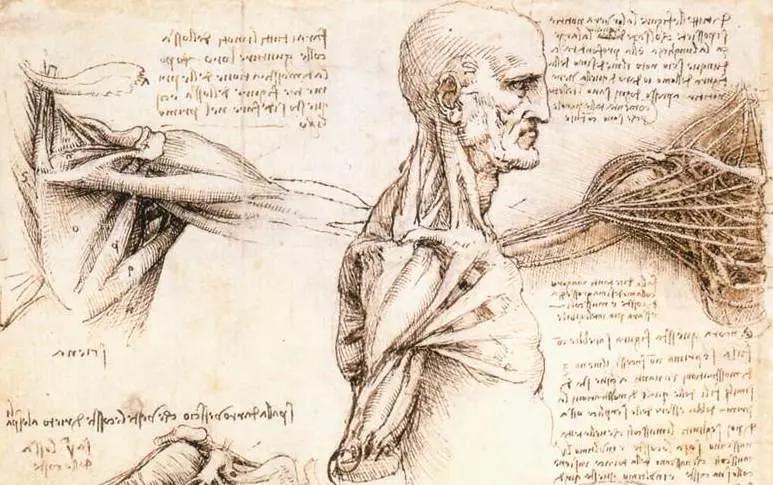
Political cartoons have been an enduring form of visual storytelling, simplifying complex political ideas and influencing public opinion. Artists throughout history, such as James Gillray and George Cruikshank, utilized satire and humor to comment on significant political events. By distilling intricate issues into digestible and relatable images, political cartoons shaped public discourse, contributing to the formation of opinions and the evolution of political ideologies.
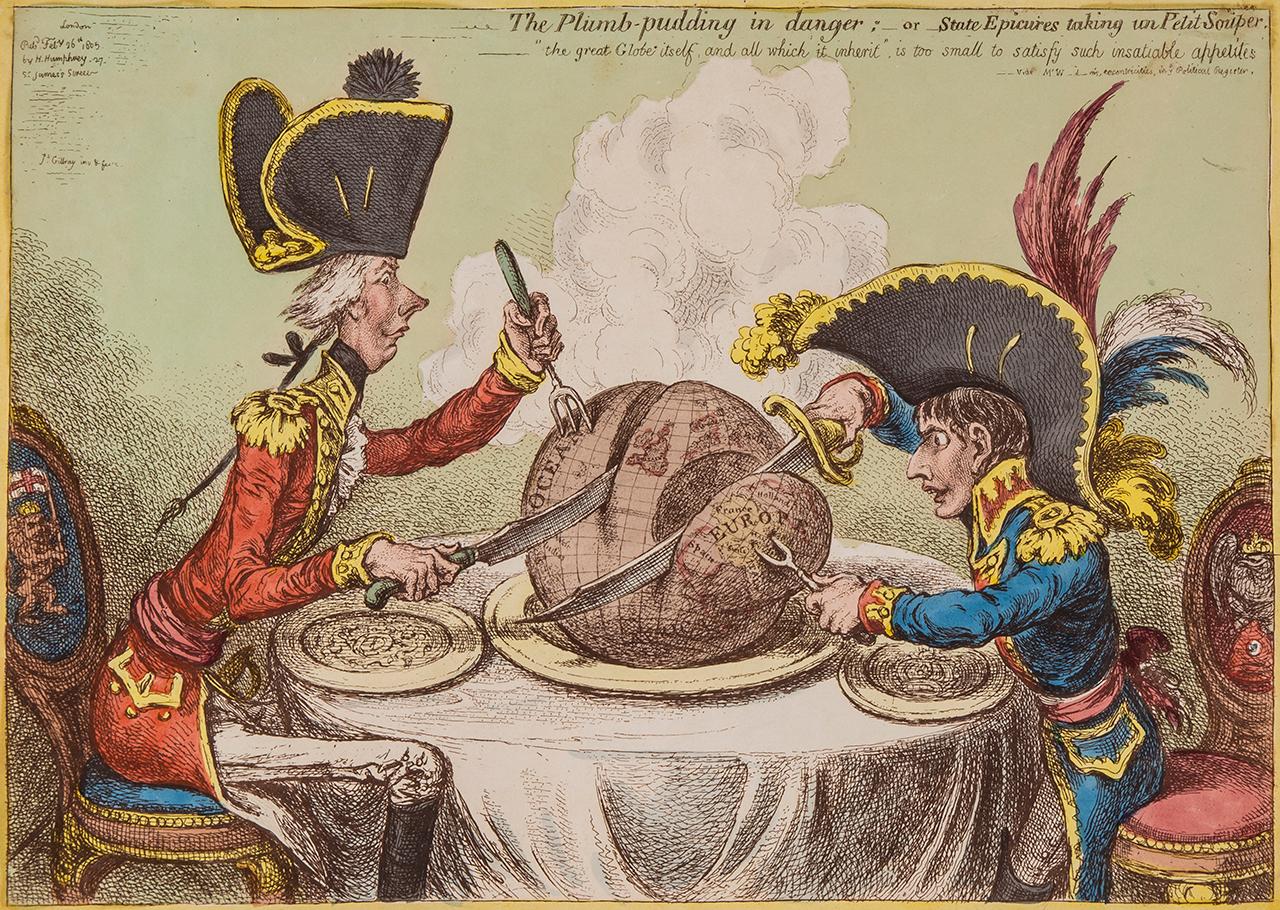
In the early 20th century, photographer Lewis Hine employed the power of visual storytelling to shed light on the harsh realities of child labor in the United States. Through his poignant photographs, Hine captured the deplorable working conditions of children, igniting public awareness and support for labor reform. The emotional impact of his visual storytelling played a crucial role in driving positive change, ultimately advocating for the rights and welfare of children and influencing legislative action to address child labor issues.
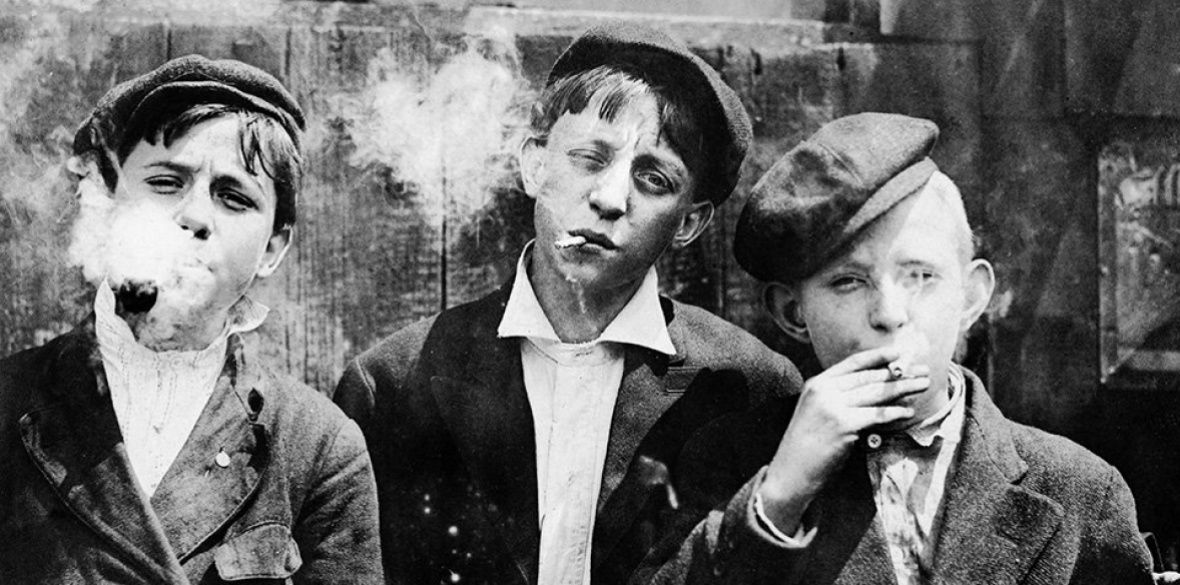
In more recent times, graphic novels have emerged as a powerful medium for visual storytelling, bridging the gap between words and images to convey impactful narratives. Art Spiegelman's "Maus" stands as a prime example, weaving together words and drawings to tell deeply personal stories about the Holocaust. By combining the visual and the literary, Spiegelman's work enhances our understanding of complex socio-political issues, providing a unique perspective that goes beyond traditional forms of storytelling.
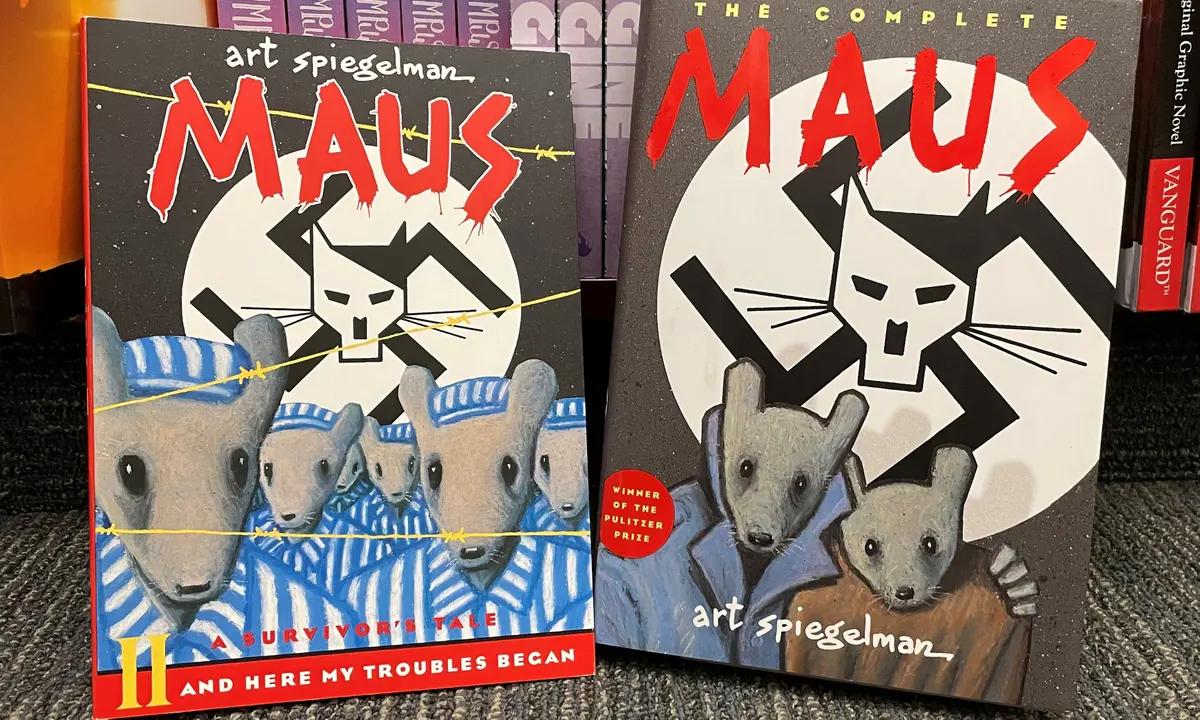
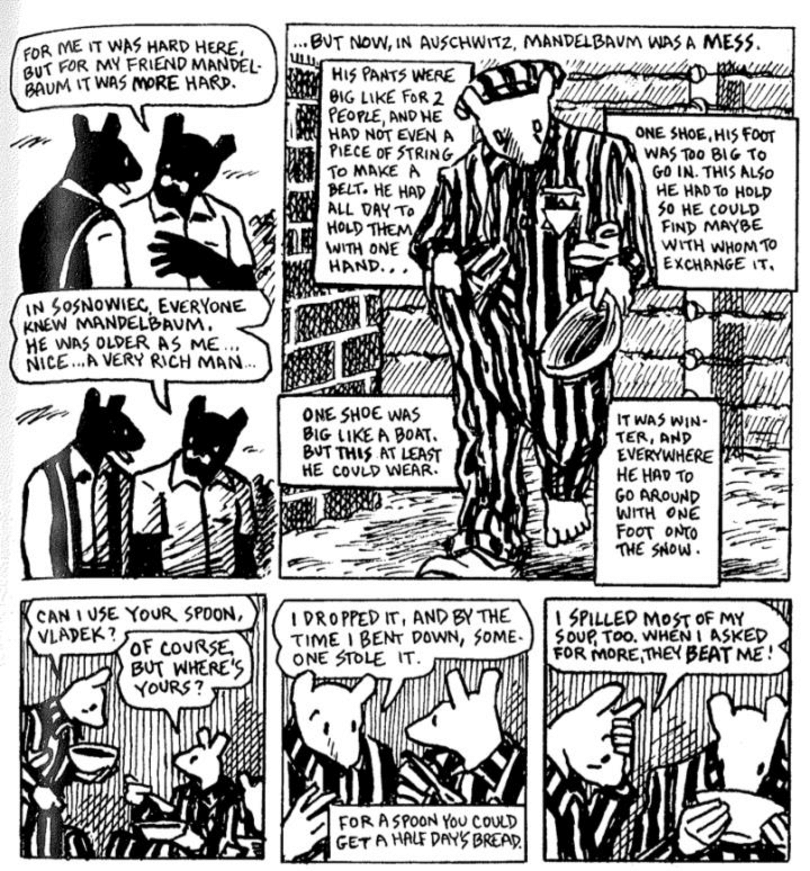
The historical examples of visual storytelling presented here illustrate its enduring impact on shaping our understanding of the world. From scientific exploration and political discourse to social reform and cultural awareness, visual storytelling serves as a timeless language that resonates with our emotions, fosters innovation, and propels positive change. As we continue to evolve, the role of visual storytelling remains indispensable in shaping the narrative of our collective human experience.

AI should enhance creativity, not replace it. StoryTribe empowers humans to create more, keeping art and storytelling in our hands.
Yunmie & Joe
StoryTribe Team
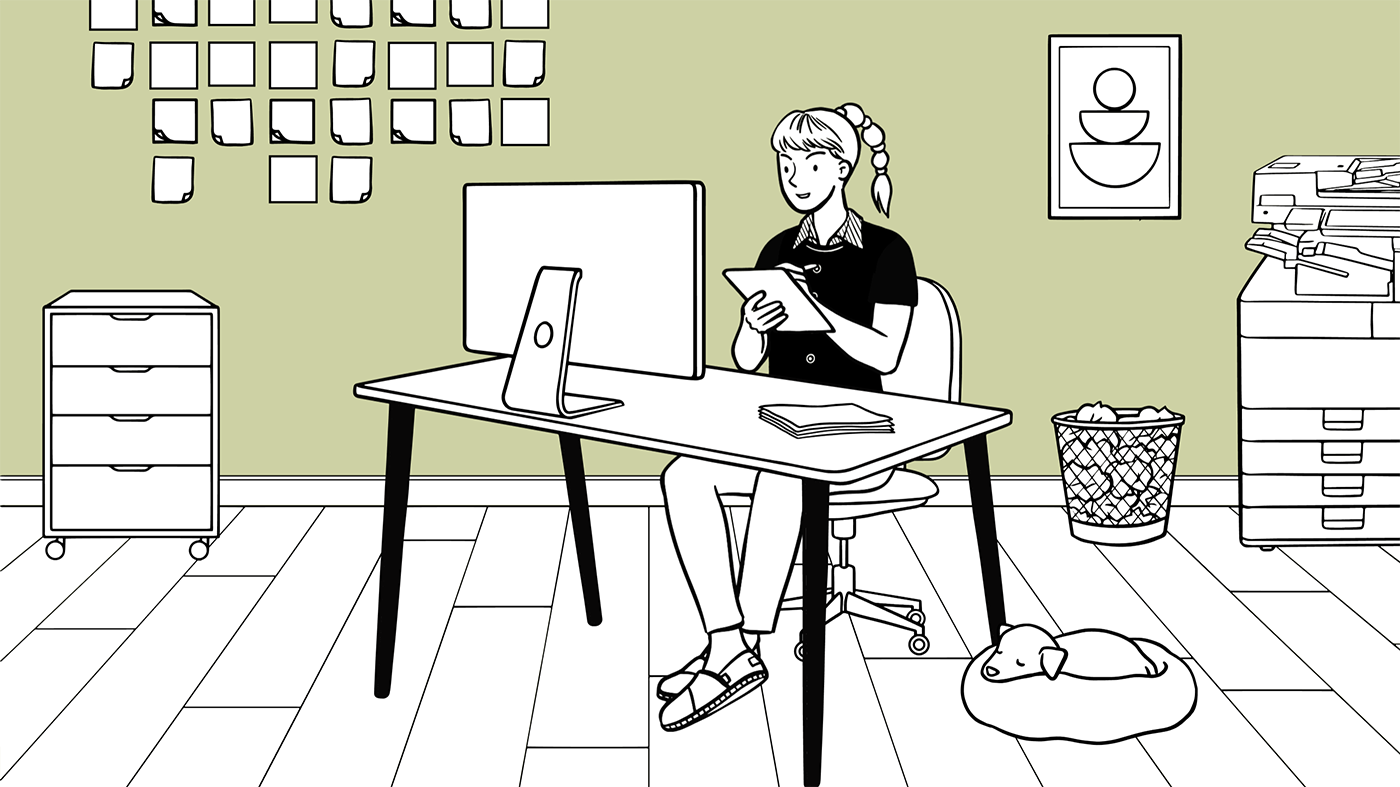
In a world where attention spans are shrinking and visuals dominate our screens, the right technique for visual communication has become more crucial. Here’s why StoryTribe aims to redefine how we share and understand ideas.
Yunmie Kim
Multimedia Specialist

In this blog, I'll talk about some common problems people experience when using AI to generate visual content, and how a different approach could solve these problems.
Yunmie Kim
Multimedia Specialist